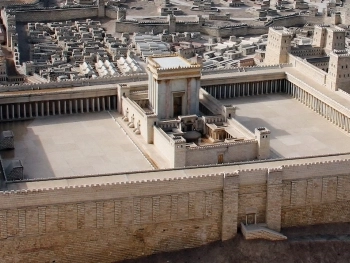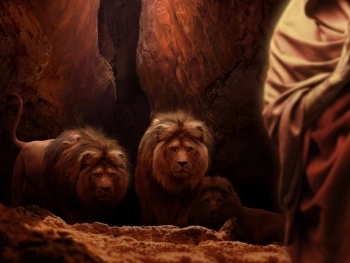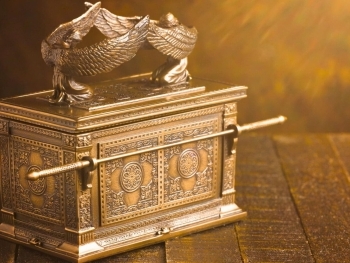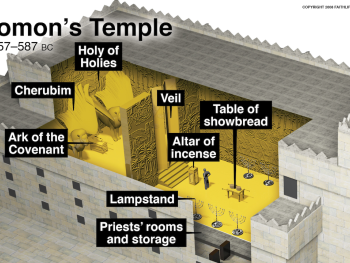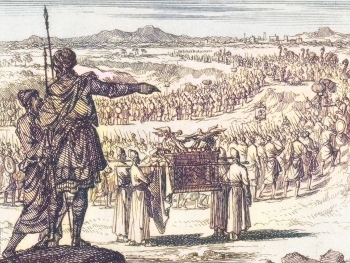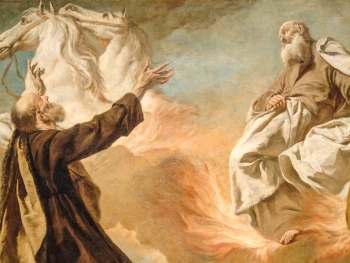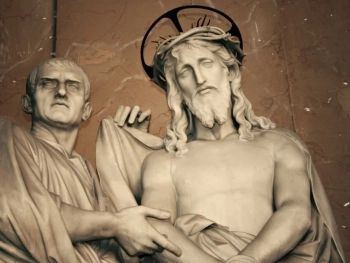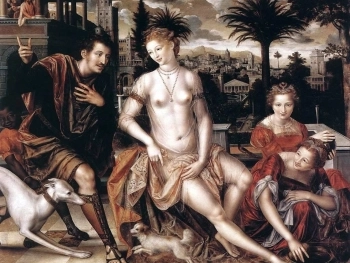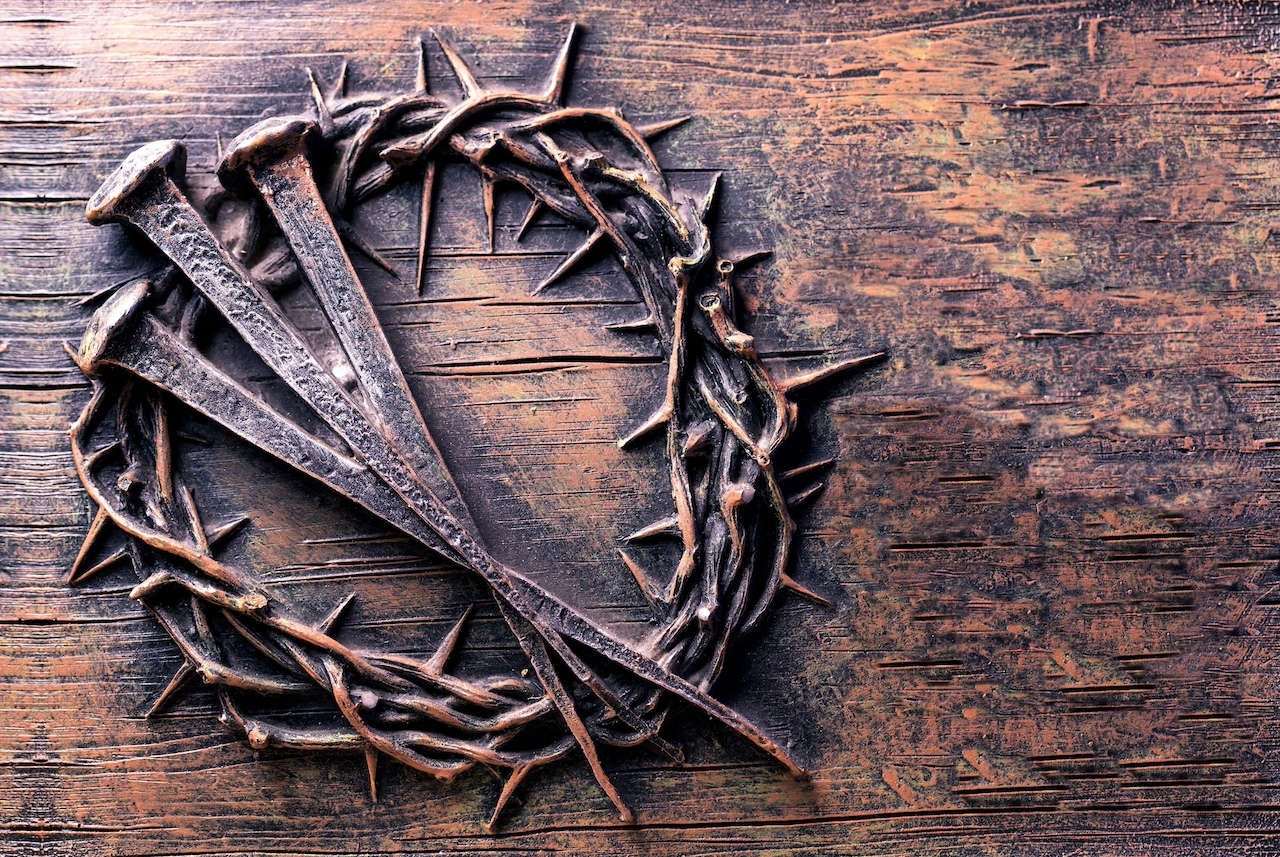
The crown of thorns, a symbol of mockery and suffering, has transformed into a powerful icon of faith and hope, representing the ultimate sacrifice and triumph of Jesus Christ. Its journey from a tool of humiliation to a symbol of reverence is a testament to the transformative power of love and grace.
Origins of the Crown of Thorns
The crown of thorns was a cruel and humiliating instrument used to mock and degrade Jesus Christ during his crucifixion. It was fashioned from sharpened branches of acacia or hawthorn, twined together and pressed tightly onto his head, causing immense pain and bleeding. This act of derision was intended to undermine Jesus' claims to divinity and portray him as a mere mortal subject to human cruelty.
The Symbolism of the Crown of Thorns
The crown of thorns has acquired profound symbolic meaning in Christian tradition. Its sharp thorns represent the pain and suffering that Jesus endured on behalf of humanity. Its humble material, a crown of thorns rather than one of gold, symbolizes his rejection of earthly power and his embrace of humility.
The Transformation of Symbolism
Over time, the crown of thorns has evolved from a symbol of mockery to one of majesty and reverence. It represents Jesus' willingness to sacrifice himself for the sins of humanity, a testament to his immense love and compassion. The thorns, once a source of pain, now symbolize the power of love to overcome suffering and bring redemption.
The Crown of Thorns in Art and Culture
The crown of thorns has been a recurring motif in Christian art and literature, representing the sacrifice and triumph of Jesus Christ. Artists have depicted it in various forms, from realistic representations of the crown itself to more abstract symbols of suffering and redemption. Writers have incorporated the crown of thorns into their works to convey the depths of Christ's love and the transformative power of his sacrifice.
The Crown of Thorns Today
The crown of thorns continues to hold a profound significance for Christians worldwide. It serves as a reminder of the immense love and sacrifice of Jesus Christ, and it inspires individuals to embrace selflessness, compassion, and the willingness to endure suffering for the sake of others. The crown of thorns, once a symbol of mockery, has transformed into a symbol of majesty, representing the ultimate victory of love and grace over suffering and death.
The crown of thorns, a symbol of mockery and suffering, has undergone a profound transformation, becoming a powerful icon of faith and hope. Its journey from humiliation to reverence is a testament to the transformative power of Jesus Christ's sacrifice, reminding us that even in the darkest of times, love and grace can triumph over all.
Watch on YouTube






